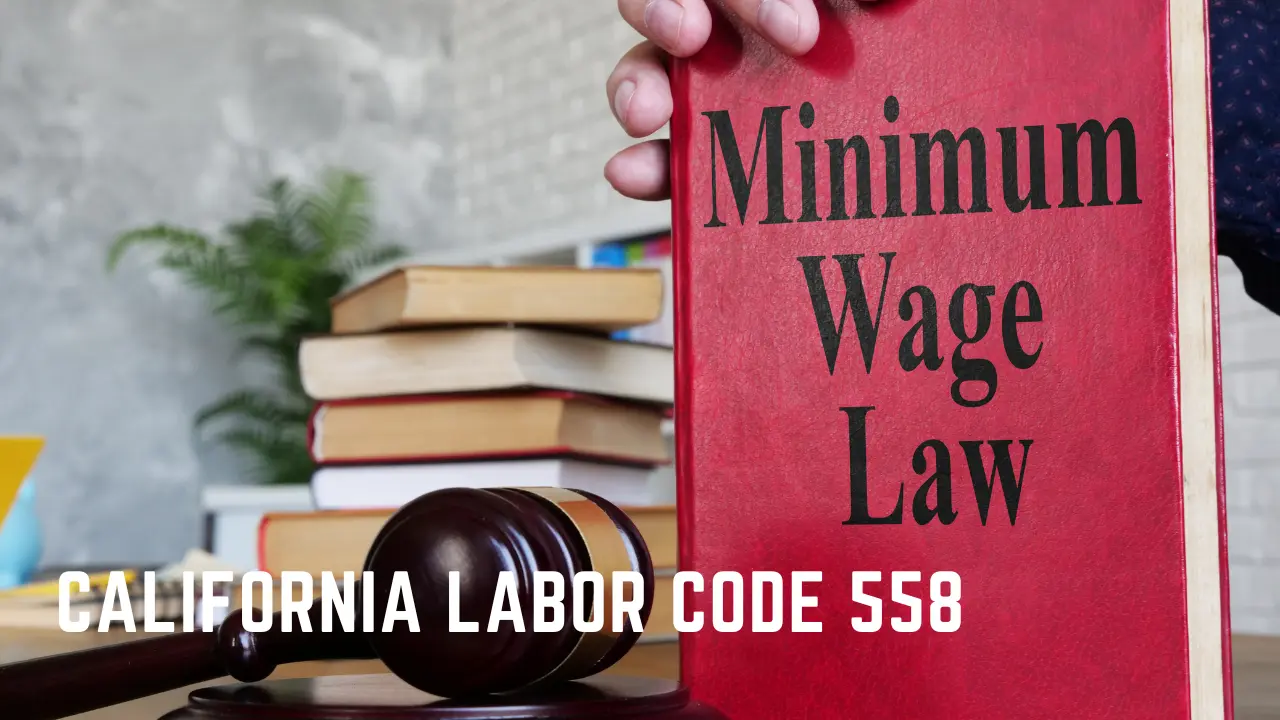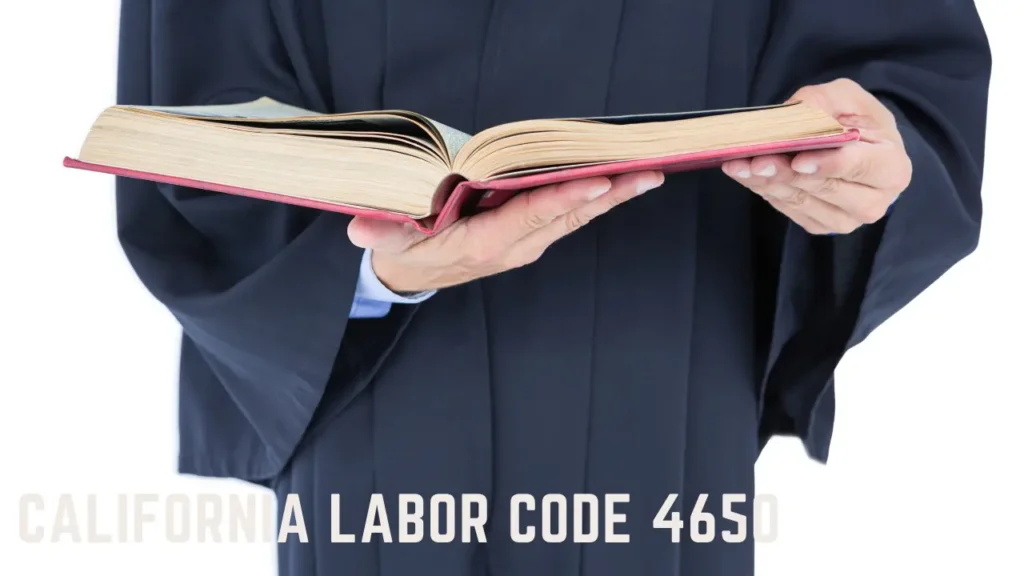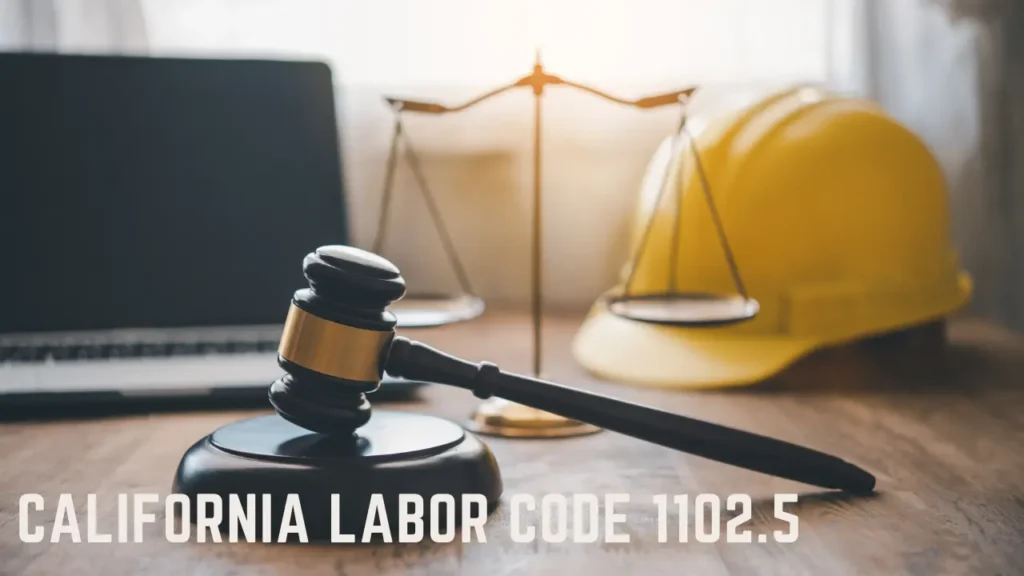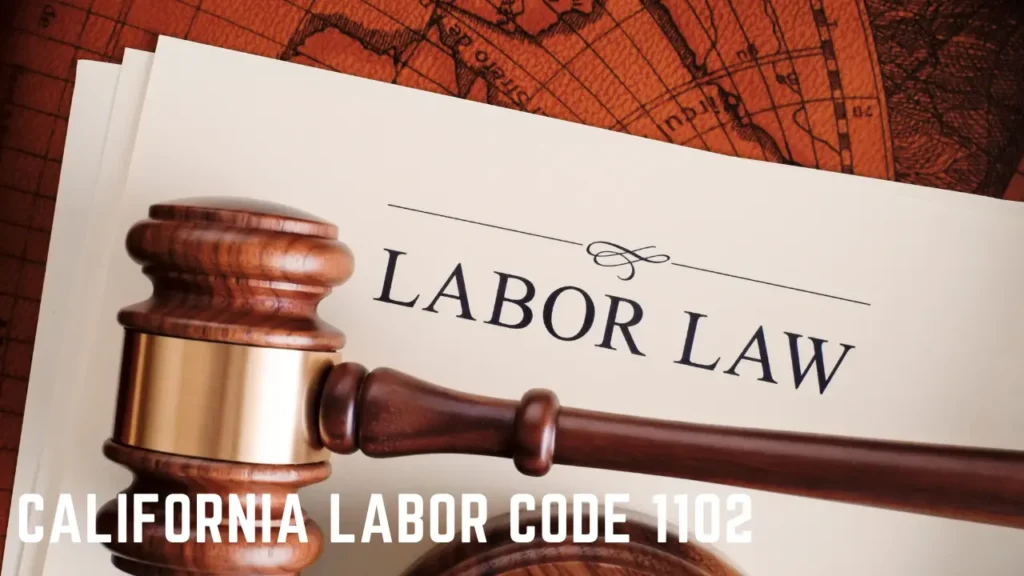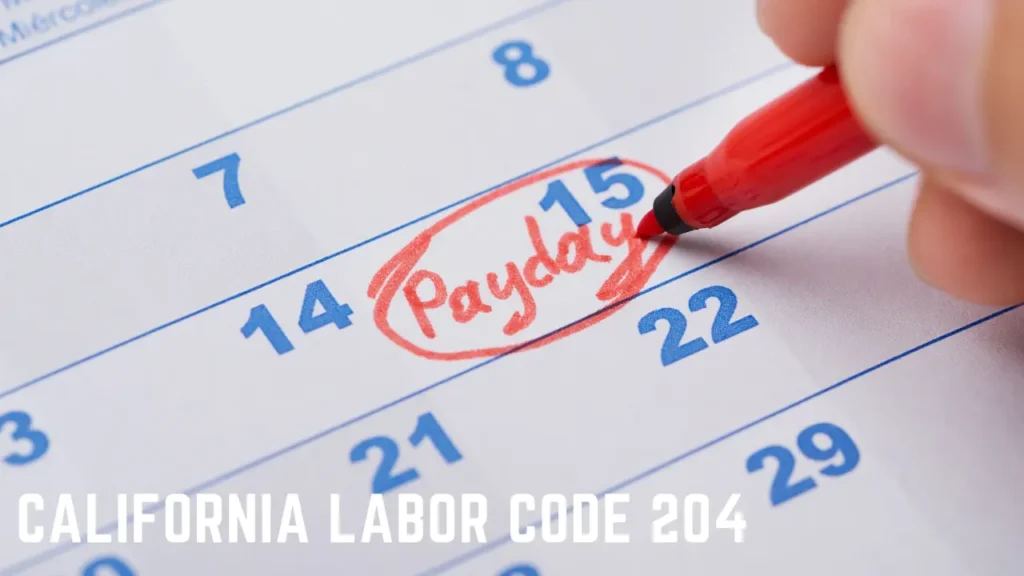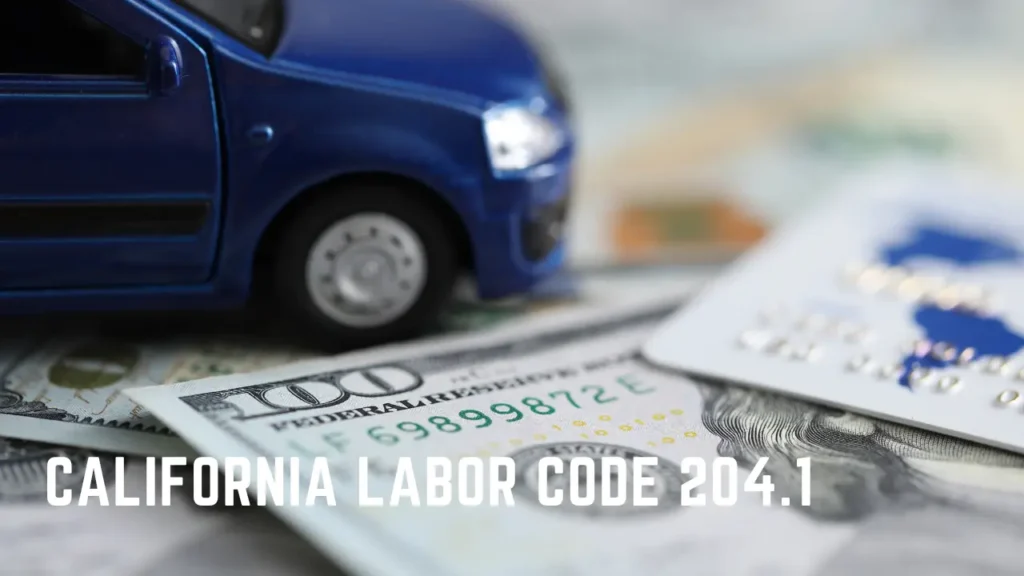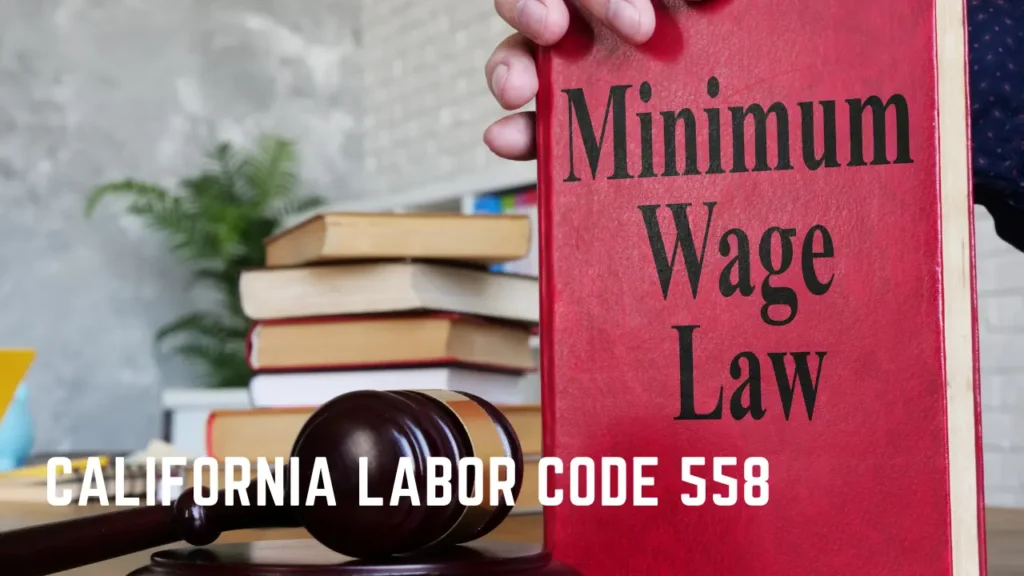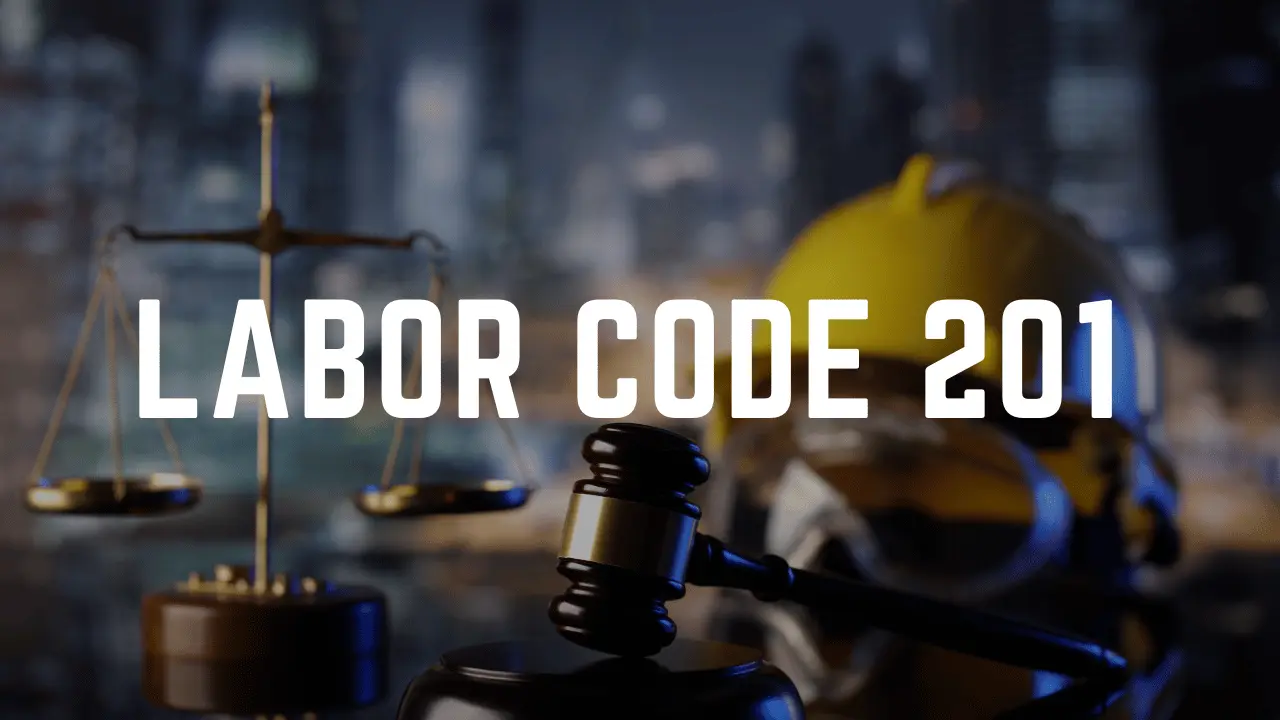Table of Contents
ToggleThe depth of understanding one should possess about this code can not be understated, with intricacies ranging from the initial violation notices, and the role of the Labor Commissioner, to the complexities of PAGA actions.
The relevance of Labor Code 558 transcends the mere concept of wage disputes; it’s a cornerstone of the employment relationship, influencing every aspect of the labor field.
Overview of Labor Code 558
Labor Code 558, an integral part of California’s employment legislation, imposes stringent civil penalties on employers who fail to comply with wage and hour laws, thereby safeguarding the interests of underpaid employees. Employers found in violation are required to pay $50 for a first-time violation and $100 for each subsequent violation per pay period, per underpaid employee.
These penalties are separate from and in addition to the back wages owed to employees. Employers have a 15-day window to contest a citation issued by the Labor Commissioner. The Commissioner has the authority to issue citations for wage and hour law violations, following the procedures outlined in Labor Code 1197.1.
This legislation is a powerful tool for protecting employees from wage theft and ensuring fair compensation.
Penalties for Violating Employers
Imposing significant financial consequences, California’s Labor Code 558 penalizes violating employers who fail to adhere to wage and hour laws, thus enforcing a system designed to deter wage theft and protect employees’ rights.
It levies civil penalties of $50 for the first violation and $100 for each subsequent violation per underpaid employee per pay period. These penalties are in addition to the owed back wages to the employees.
The Labor Commissioner has the authority to issue citations to non-compliant employers, who have a 15-day window to contest such citations. This enforcement mechanism aids in maintaining a fair employment landscape and holding employers accountable for wage and hour violations, thus ensuring that employees receive the compensation they are rightfully due.
Violation Notice and Contesting
Upon receiving a citation for wage and hour violations, employers are granted a 15-day period to contest the allegations, a process outlined in Labor Code 1197.1. During this period, employers can gather evidence, prepare defense strategies, and potentially negotiate a settlement.
- Notice of Violation: The Labor Commissioner issues a formal citation notifying the employer of the alleged wage and hour violations.
- Contestation Period: Employers have 15 days from receiving the citation to contest it, failing which the citation becomes final.
- Hearing: If contested, a hearing is scheduled where the employer can present their defense.
- Final Order: After the hearing, a final order is issued. If the employer disagrees with the final order, they can appeal to the Superior Court.
Role of the Labor Commissioner
What role does the Labor Commissioner play in enforcing wage and hour laws?
The Labor Commissioner holds a pivotal role in the enforcement of Labor Code 558. The Commissioner’s office is authorized to issue citations to employers who violate wage and hour laws, such as failing to pay overtime wages. Each citation includes a civil penalty, separate from any owed back wages. Employers have a 15-day window to contest these citations.
Moreover, the Labor Commissioner can cooperate with local entities that also have citation authority. However, the Commissioner cannot issue a citation if a local entity has already done so. This dual system ensures comprehensive enforcement of wage and hour laws, reinforcing the importance of employer compliance.
Hypothetical Violation Scenario
Let’s consider a hypothetical scenario where an employer has consistently failed to pay overtime wages to its employees, thereby violating wage and hour laws as stipulated under Labor Code 558.
- The employer, having 100 employees, neglected to pay due overtime for a period of one month, which consists of four pay periods.
- As this is the first violation, a penalty of $50 per underpaid employee per pay period is imposed, culminating in a penalty of $20,000.
- Additionally, the unpaid overtime wages owed to the employees must be compensated.
- The employer has the right to contest these penalties and associated charges within 15 days of receiving the citation.
In essence, the employer faces both substantial financial penalties and the obligation to pay the overdue wages.
Enforcement of Wage and Hour Laws
Drawing on the aforementioned hypothetical scenario, it is crucial to understand the mechanisms through which wage and hour laws, specifically Labor Code 558, are enforced to ensure compliance and protect employee rights.
The enforcement process is primarily spearheaded by the Labor Commissioner who can issue citations to employers violating these laws. Civil penalties are imposed, starting at $50 for the first violation and $100 for subsequent ones, per underpaid employee per pay period. Employers have 15 days to contest these citations.
If unpaid wages are due, the employer is liable to pay the back wages in addition to the civil penalties. Labor Code 1197.1 provides further details about the procedures for issuing, contesting, and enforcing these penalties.
Issuing and Contesting Citations
Under the provisions of Labor Code 1197.1, the Labor Commissioner has the authority to issue citations to employers for wage and hour violations, and these citations can be contested within a 15-day period. This procedure ensures employers have a fair opportunity to respond to the allegations.
- Once a citation is issued, the employer is notified in writing by the Labor Commissioner.
- The employer has 15 days from the receipt of the citation to contest.
- If the employer contests, a hearing before the Labor Commissioner will be scheduled.
- If the employer fails to contest within the timeframe, the citation becomes final.
This process not only maintains legal fairness but also encourages employers to comply with wage laws, ensuring the fair treatment of employees.
Alternatives for Seeking Back Pay
While the Labor Commissioner’s authority to issue and contest citations provides one route for addressing wage and hour violations, employees also have alternative mechanisms to seek back pay.
For instance, underpaid employees can initiate litigation under Labor Code § 1194. This legal route allows workers to sue for unpaid minimum wages or overtime, providing another avenue for back pay recovery.
Additionally, employees can bring a Private Attorneys General Act (PAGA) action to enforce payment of Labor Code 558 penalties. Notably, in successful PAGA claims, 25% of collected penalties go to the affected employees, while the state receives the remaining 75%.
These alternatives empower employees to hold employers accountable and secure their rightful earnings.
Understanding PAGA Actions
In the realm of wage and hour law enforcement, Private Attorneys General Act (PAGA) actions serve as a powerful tool for employees seeking to address their employers’ violations.
- PAGA allows aggrieved employees to act as private attorneys general, filing lawsuits against employers for Labor Code violations.
- These actions are intended to supplement state labor law enforcement, filling gaps where public agencies may lack resources.
- If successful, employees receive 25% of the recovered penalties, with the remaining 75% going to the state.
- PAGA actions can cover a wide range of infractions, including unpaid overtime, missed meal and rest breaks, and failure to provide accurate wage statements, making it a comprehensive tool for ensuring labor law compliance.
Distribution of PAGA Penalties
Building on the understanding of PAGA actions, it is important to explore how the penalties recovered in these cases are distributed.
Under the Private Attorneys General Act (PAGA), aggrieved employees are empowered to recover civil penalties on behalf of themselves, other employees, and the State of California for Labor Code violations.
In a successful PAGA action, the distribution of penalties is split between the aggrieved employees and the state. Specifically, 25% of the recovered penalties are allocated to the aggrieved employees, while the remaining 75% are directed to the Labor and Workforce Development Agency.
This distribution serves dual purposes – compensating aggrieved employees for suffered violations, and providing public funds to enforce state labor laws.
Importance of PAGA Actions
Given their unique role in enforcing labor laws, PAGA actions are of significant importance to underpaid employees seeking to hold their employers accountable for wage and hour violations.
- PAGA Actions provide employees with a powerful legal tool to enforce labor laws and secure penalties for violations, thereby acting as an effective deterrent for employers.
- They facilitate the recovery of unpaid wages and civil penalties, which are critical to rectifying the financial loss suffered by employees due to wage and hour violations.
- Through PAGA, employees can directly contribute to the enforcement of labor laws, essentially acting as private attorneys general.
- Finally, PAGA actions can expose systemic labor violations, prompting necessary changes in workplace practices and policies, and contribute to creating a fairer work environment.
Key Legal References
Understanding key legal references provides a comprehensive insight into the interpretation and application of Labor Code 558 in wage and hour violation cases. Legal precedents such as Thurman v. Bayshore Transit Management, Inc. (2012) and Reynolds v. Bement (2003) aid in interpreting the code’s provisions.
N.A. v. Superior Court of San Diego County (2019) is another relevant case, particularly concerning Labor Code 2698 et seq. Crucially, Labor Code 1197.1 offers procedural guidance for issuing, contesting, and enforcing citations or penalties.
These legal references elucidate the consequences for violating employers, the rights of underpaid employees, and the enforcement mechanisms available to the Labor Commissioner, thereby facilitating a robust understanding of the complex landscape surrounding Labor Code 558.
Impact of Legal Cases
Drawing from the significant legal references, we can proceed to analyze the profound impact these cases have had on the application and enforcement of Labor Code 558 in wage and hour violation scenarios.
- Thurman v. Bayshore Transit Management, Inc. (2012) set precedent for civil penalties under Labor Code 558 being separate from owed back wages, effectively increasing the financial consequences for violating employers.
- Reynolds v. Bement (2003) clarified that only employers are subject to fines under this code, offering protection to individual managers and supervisors from personal liability.
- N.A. v. Superior Court of San Diego County (2019) affirmed the employee’s right to bring a PAGA action to enforce payment of Labor Code 558 penalties.
- The interpretation and enforcement of Labor Code 558 continue to evolve, reflecting the dynamic nature of wage and hour law.
Additional Enforcement Details
Navigating the intricacies of additional enforcement details, it is essential to note that civil penalties under Labor Code 558 are supplementary to any other civil or criminal penalties that may be imposed on employers for wage and hour violations. Enforcement entails a comprehensive process where local entities with citation authority can request the Labor Commissioner to issue citations.
However, the Commissioner cannot issue citations if a local entity has already done so. This mechanism fosters a coordinated and efficient enforcement system, thereby ensuring employers’ accountability. It also underscores the necessity for employers to adhere strictly to wage and hour laws, given the substantial financial and legal repercussions of non-compliance.
Notably, these enforcement details serve to strengthen the protections for employees, underscoring the law’s overall objective.
Conclusion
In conclusion, Labor Code 558 is a significant legislative tool safeguarding employees’ wage rights in California. Its implications extend to all facets of employment, underscoring the gravity of wage and hour violations.
A rigorous understanding of this code, including the penalties, legal references, and alternative remedies, is vital for both employers and employees.
As labor law continues to evolve, the relevance and impact of Labor Code 558 remain paramount in shaping fair and equitable employment practices.

